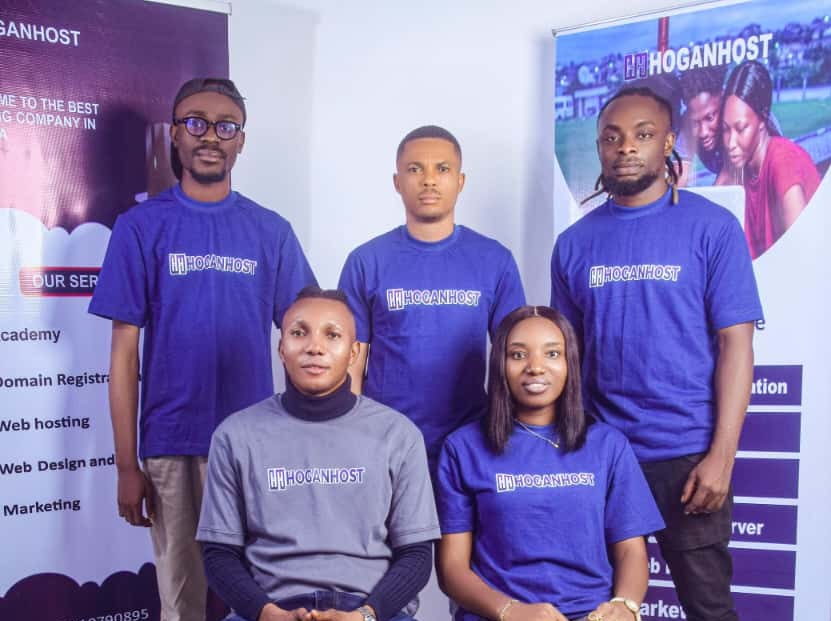In the world of corporate acquisitions, integrating an acquired product into an existing platform can often be a complex and challenging process, especially when both systems possess overlapping functionalities. Kaarthikshankar Palraj’s innovative approach to dual-system integration, as outlined in his recent article, presents a sophisticated solution to these challenges by focusing on maintaining operational integrity and user satisfaction while streamlining system convergence.
Innovating Integration: A Dual-System Approach
The article presents an innovative approach for integrating an acquired system into an existing platform with overlapping CRUD functionalities. Using a federated database architecture enables bidirectional synchronization, maintaining the unique features of both systems while ensuring data consistency. This dual-system strategy allows for a gradual transition, avoiding immediate migration and minimizing user disruption. Unlike traditional methods that enforce consolidation, his approach ensures both platforms operate in parallel without compromising data integrity or performance during the integration process.
A Deep Dive into Database Synchronization
One of the central aspects of the integration process is the design of a robust database architecture. The approach relies on a federation strategy, ensuring that the native schemas of both systems are preserved while enabling them to function as a unified whole. This dual architecture reduces the risks often associated with forced data migrations, where one system’s structure may compromise the other’s.
He emphasizes the importance of a mapping layer that allows bidirectional schema transformations between the two systems. This ensures that differences in data models, field names, and constraints do not hinder the integration process. This dynamic and flexible approach to database synchronization is key to maintaining long-term scalability and minimizing technical debt.
User Experience: Prioritizing Smooth Transitions
User experience is crucial in system integration, ensuring smooth transitions between systems. By creating a unified entry point, users can seamlessly move between systems without disrupting familiar workflows. APIs are developed to support both systems’ interaction patterns and maintain consistent data validation, reducing errors. This approach facilitates a gradual adoption of the core platform’s features. Additionally, a unified home view combines native and acquired system records, allowing users to explore and interact with both systems effortlessly.
Conflict Resolution and Data Integrity: Maintaining Reliability
As with any system integration, managing conflicts and ensuring data integrity is a crucial challenge. His integration framework includes sophisticated conflict resolution mechanisms that prioritize the most recent data updates, while also allowing for manual intervention in complex cases. This multi-tiered approach to conflict management helps ensure that users can rely on consistent, accurate data, even in cases of concurrent system changes.
Additionally, the integration’s resilience to failures is enhanced through a series of fault tolerance measures. Real-time monitoring tools track synchronization health, helping identify and address issues before they affect users. This proactive approach to system monitoring and conflict resolution ensures that the integrated systems remain stable and secure throughout the transition period.
Scalable and Future-Proof: Planning for Growth
The integration approach prioritizes scalability, incorporating performance optimization techniques like predictive query classifiers and multi-level caching to handle growing data loads without sacrificing search performance. Scalability testing simulates various growth scenarios, ensuring future adaptability. His strategy also simplifies future integrations by reducing complexity in managing overlapping CRUD systems and using metadata-driven architecture. This enables faster time-to-market, accelerates subsequent integrations, and prevents the buildup of technical debt.
Security at the Forefront: Protecting Data Integrity
In addition to operational considerations, the integration framework addresses critical security challenges. By developing a permissions translation layer that adapts the security models of both systems, he ensures consistent access controls without compromising protection mechanisms. The focus on security extends to the protection of sensitive data, ensuring that the integration maintains robust security standards across both systems.
In conclusion, Kaarthikshankar Palraj’s integration strategy for dual-system environments offers a groundbreaking solution for managing technology mergers and acquisitions. By emphasizing synchronization, user experience, conflict resolution, and scalability, his approach enables seamless system integration while preserving the unique value of each system. This framework provides valuable insights for businesses, ensuring operational continuity, fostering innovation, and minimizing disruption, setting a new standard for successful and sustainable system integrations in the future.






